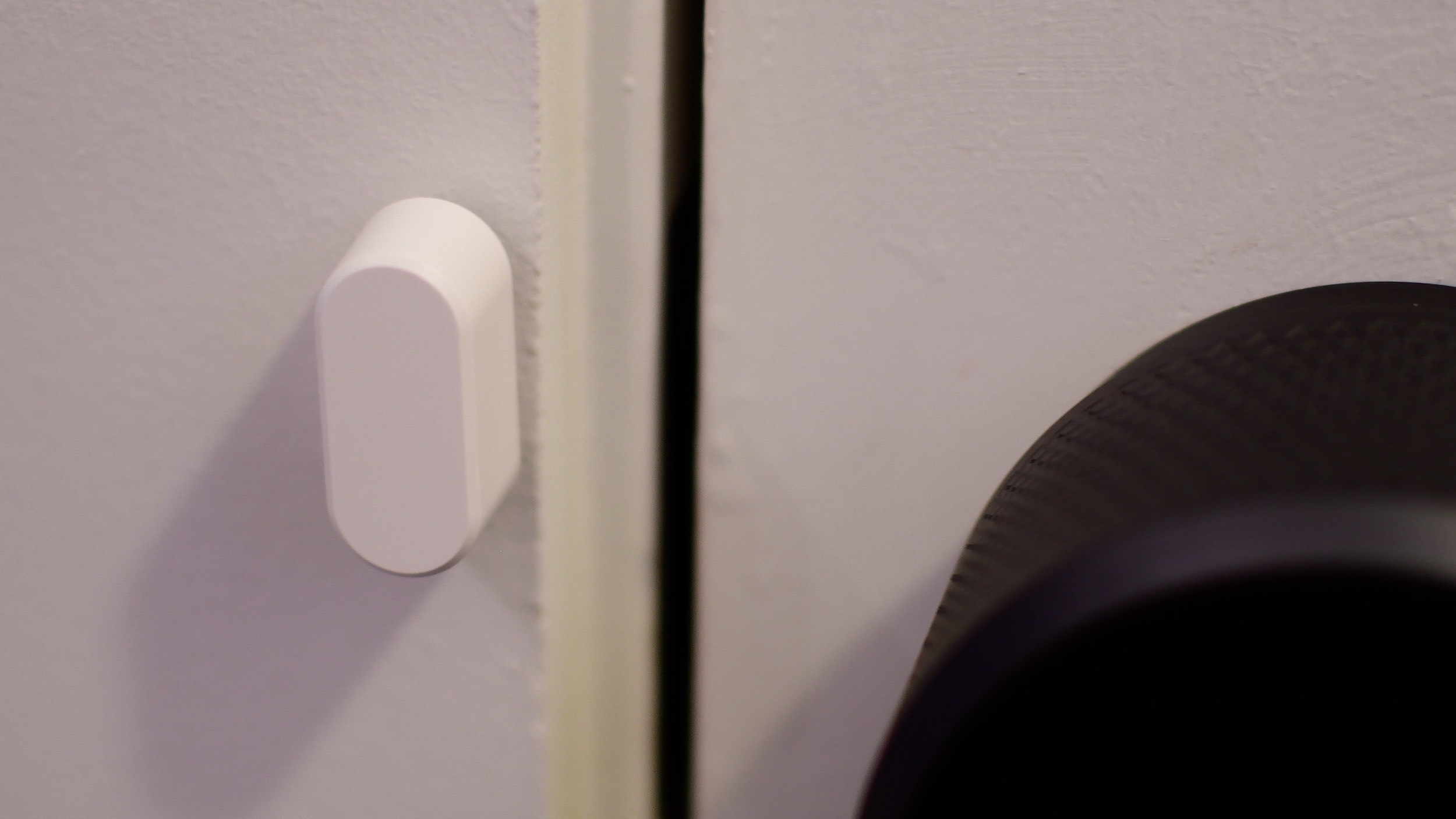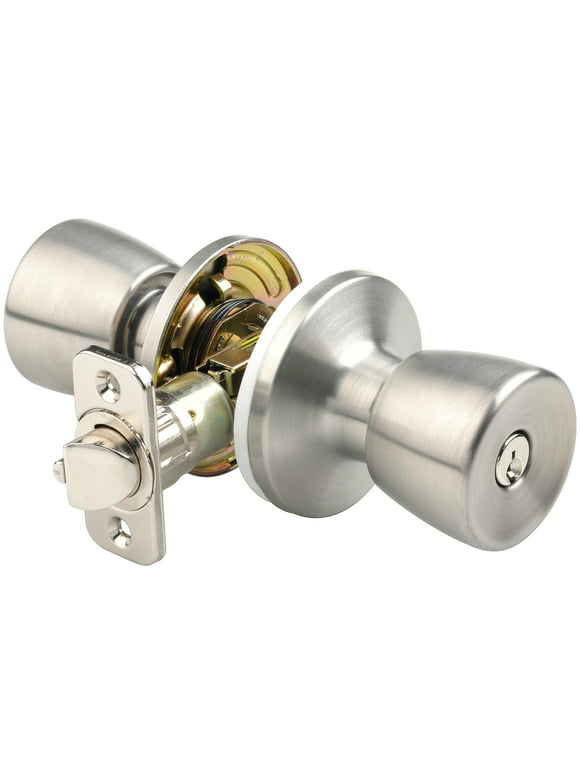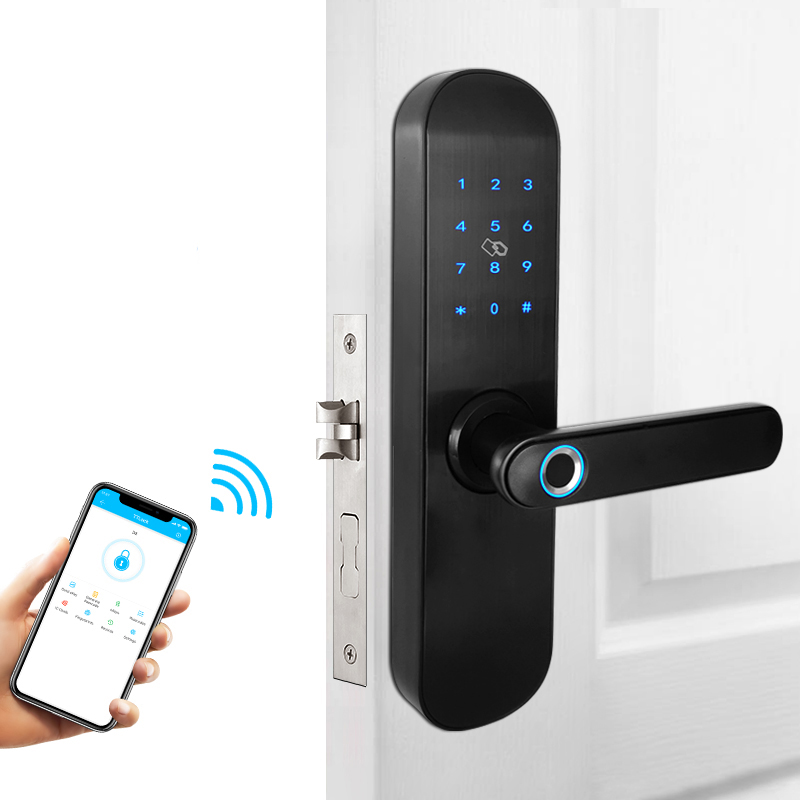
This Nest Yale lock reviews will discuss the key-free features, tamper-proof and easy-to use. To calibrate and set the master code, you will need to use the Nest app. You can adjust the settings of the Yale lock, just like other Yale locks. For example, you can adjust the speaker volume and language settings, and set a passcode for the lock. You can set the lock so that it locks or unlocks your door automatically.
Google Nest x Yale
The Nest Yale lock is an excellent choice if you want to protect your property. This keyless lock is tamperproof and can be unlocked at any place. You can use your smartphone to unlock the lock anywhere you are, even if you have lost your keys. It is easy to install, so you don't need to worry anymore.
Nest x Yale locks offer a unique feature: a timer that locks your door automatically after 10 seconds, a min, or five minutes. This feature can also been controlled using the Nest mobile app or keypad. To lock the lock manually, you need to hold the lock button for a full second or you can use the keypad. Nest offers Home/Away Assistance, which locks your door if it detects that someone is not present.
Key-free
The Nest x Yale lock is a smart door lock that can be controlled by a smartphone. It's wireless communication means that users can set up unique pass codes and times for guests or family members. The Nest app or Google Assistant can also program the lock so that it responds to voice commands.

The Yale smart lock uses four AA batteries to power itself. The average battery life is approximately one year. The keypad has an on-screen display that indicates the battery level.
Tamper-proof
Nest x Yale lock is an intelligent smart lock that can be used to lock and unlock your home without a key. It lets you lock and unlock doors with the Nest app. You can also set reminders so that you lock your door at the right time. If you forget to lock your door, the lock will sound an alarm to remind you to do it.
An active Wi-Fi connection must be available in order to install the Nest x Yale locks. Once the Nest lock is installed, you can set it up using the Nest Connect app and the free Nest app. If you have an active Google account, you can use voice control through the Google Assistant. You will also need a compatible smart gadget to use this lock.
Easy to Install
Nest Yale lock lets you remotely control your front doors from anywhere. It works via an app, which allows you to set a password and remotely open the door. You can keep track of who is using your home with this app. Installing the Nest Yale lock is relatively simple. It can be mounted with a screwdriver.
First, create a Nest account in order to install the Nest x Yale Lock. Nest allows you to add multiple houses, so you will need an account. After creating an account, choose the home where you wish to install the lock. Next, click on "Settings" and then "Add New Products". Next, connect your lock to your Nest account.

Price
Nest Yale Lock is a smart home device part of the Nest ecosystem. While it's a great smart lock, it has some limitations. First, the lock is not wireless. To use it, you will need to connect it to Wi-Fi. A second requirement is four AA batteries. These are non-replaceable. Google Assistant can also be used for locking and unlocking the door.
The Nest Secure alarm system can be used with the Yale lock. It can store up to 20 passcodes. However, it does not support smart home modules like SmartThings or Nest Connect. It does not connect with SmartThings nor Wink. So, if you're looking for a smart lock that's not connected to the internet, you should consider other products.
FAQ
What is the easiest home security system to install
They don't even require installation. These are the best home security system. They are called "plug & play" systems, and they work like magic. Just plug them into the power outlets and connect to the internet via a router wireless. Once connected, everything will be available for you to manage from anywhere around the world.
Can I do it myself?
Yes! You can install a home alarm yourself if you know what you're doing. If you are not confident in installing it yourself, you can hire an expert to assist you.
How much does an effective home security system set you back?
A good home security system can cost about $2,500. Although it may seem expensive, the benefits of a secure and safe home are worth every penny.
Do I really need a home alarm system?
You should have a home security system if you own a property. You don't have to be worried about a burglar breaking into your home. They can take all your valuables, even jewelry and expensive electronics. If you don't lock the doors, they can just take everything.
Your home is protected by a home security system that alerts you to any potential dangers. You can view the recorded footage and receive alerts from your mobile device when motion is detected.
You can use a DIY camera to replace a costly home security system. These cameras allow you to see who is at your front door and notify you when they are entering or leaving. But they won't help you stop intruders from breaking into your home.
Statistics
- Most home security companies will charge you around 75% of the remaining term of your contract if you cancel early—and some require 100%.Related questionsWhat type of contract length can I expect from security providers?Home security system cancellation (safewise.com)
- (In my experience, the discount on my home insurance covered about 25 percent of the subscription of an average plan, but your mileage may vary depending on your location and the size of your home.) (theverge.com)
- Depending on your insurance, 24/7 professional monitoring may qualify you for as much as 15% off your premium. (safewise.com)
- That's probably why Cove has a whopping 98%* customer retention rate. (safewise.com)
External Links
How To
How to Install an Home Security System
A home alarm system is a device which monitors your home and alerts when there's an activity. It could include a motion sensor or doorbell camera, smoke detectors, flood alarms, carbon monoxide detectors, burglar alarms, and flood alarms. A home security system typically includes one or more sensors, such as motion detectors. These sensors send signals when they sense movement or sound. The signals are then sent by the sensors to a control center where they are recorded and monitored. If there's a problem such as someone breaking into your house or other suspicious activity, the control panel sends an alert via your phone, tablet computer, voice assistant, or computer. You'll be able to immediately take action and know exactly what's happening.
It is important to choose the right type and size of sensors to fit your home before installing a security system. There are two main types. Active and passive sensors. Passive sensors don’t need batteries. Instead, they simply pick up sounds or vibrations from the environment. These sensors include sirens, buzzers, and doorbells. Active sensors transmit data via electricity. These sensors include motion sensors and cameras.
There are many sensors brands today. Each brand has its own pros and disadvantages. Some sensors can withstand extreme weather conditions, while others cannot. Some come with built-in speakers so you can hear them even if they're outside. Some only work indoors. Some are simple, while others offer advanced features such as night vision.
After choosing the best sensor type for your property you can choose a manufacturer. This will ensure that all your sensors work together. The hardware store should offer many choices.
Once you have decided on a brand to use, it is time to decide on how many you want. Depending on whether they live with family members or alone, most people purchase one or two sensors. However, if you plan to add additional sensors later, you might consider buying extra than you think you'll need now.
Next, determine where you want your sensors to be placed. Are they near windows or doors? Do you prefer to keep them away? Before you place them on your property, make sure that you have permission. You should also ensure that they don't interfere with electrical outlets or other property features.
Once you have determined where your sensors should be placed, you will need to find a way to connect them with your control panel. Depending on your setup, you may need to purchase a power adapter or battery pack. Once everything is setup, you will be able to monitor your property.